The Life-Giving Properties of One of the World’s Oldest Cheeses
In Xinjiang, the living process dairy the way 4,000-year-old mummies did.
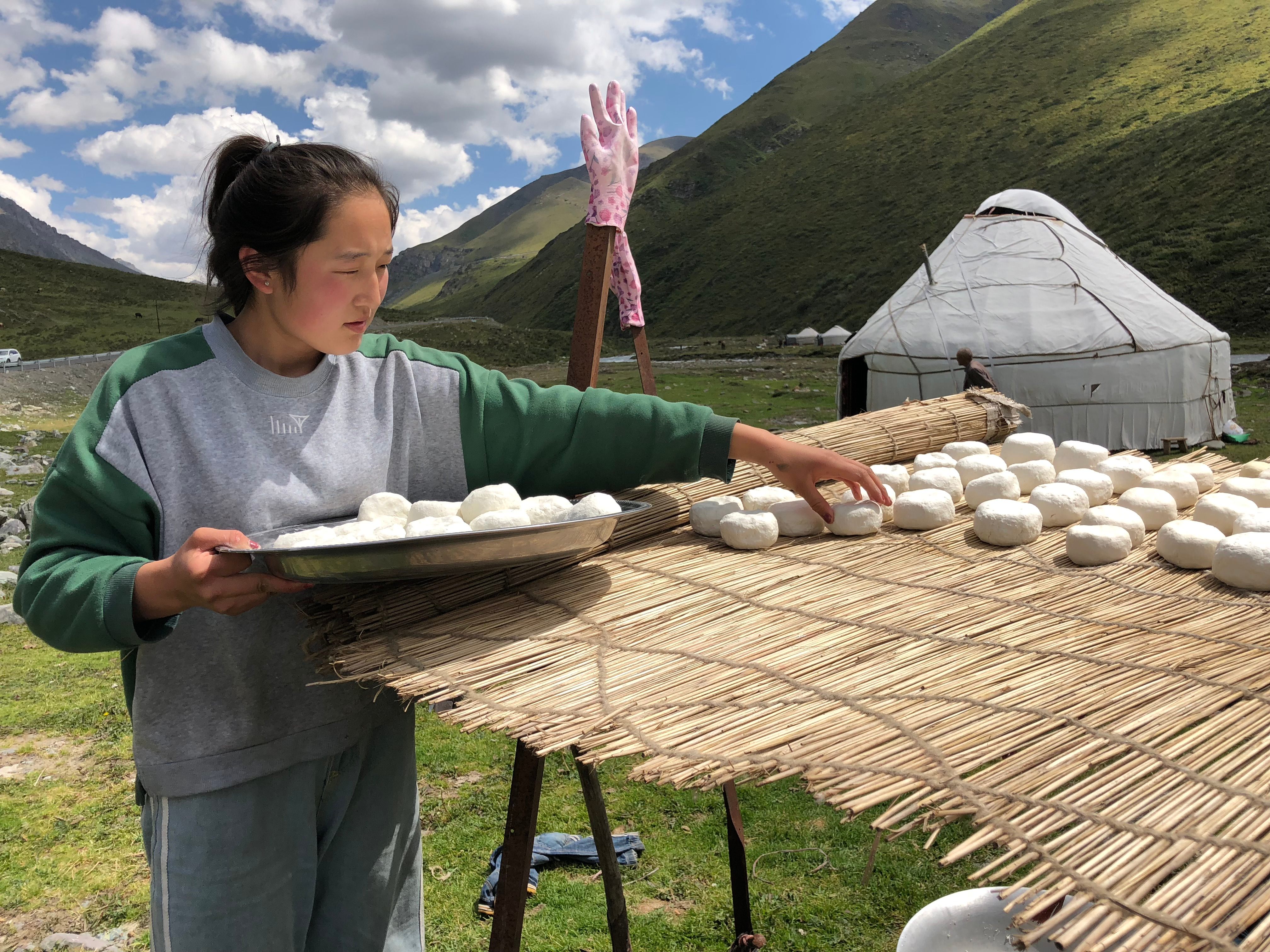
Beginning in 2002, the Xinjiang Cultural Relics and Archaeology Institute began to plumb graves in a tomb complex located in northwestern China’s Taklamakan Desert. The site, which the Swedish archaeologist Folke Bergman started excavating in the 1930s, had been forgotten about for decades. Upon revisiting it, modern archaeologists found a woman buried in a boat-shaped coffin. Nicknamed the Beauty of Xiaohe, she had high cheekbones, a dense fringe of eyelashes, and a white felt hat topped with a feather—which suggests that she perhaps had a zippy fashion sense.
While not much is known about her, it’s evident that she loved cheese, given that she was buried with chunks of it around her neck and chest around 2000 BC. Archaeologists now consider them some of the world’s oldest extant pieces of cheese. What’s even more remarkable is that this same cheese is still a way of life for the nomads residing in Xinjiang today.
Evidence of cheesemaking exists as far back as 8,000 years ago, in the form of strainers found in Poland. Archaeologists continue to find centuries-old traces of cheesemaking: Just this year, researchers from Cairo University and the University of Catania found a “solidified whitish mass” in Egypt that turned out to be cheese. But as a 3,200-year-old vintage, it’s relatively fresh compared to the variety found in the Xiaohe tomb, which could be up to 4,000 years old (Recently, the Xinjiang cheese was unseated as the world’s oldest, thanks to remnants found on 7,000-year-old pottery fragments in Croatia). It’s unclear why the buried curds were placed near a phallic-shaped wooden fertility symbol on the Beauty’s chest, though it could perhaps mean that the life-giving cheese was comparable to the renewal of life itself.
Back in the day, Xinjiang residents used cow milk (mixed with a bit of sheep and goat milk) to make cheese too, says Yimin Yang. In 2014, Yang was among the scientists at Germany’s Max Planck Institute of Molecular Cell Biology and Genetics who analyzed the rough cubes of porous matter found around the Beauty’s neck, as well as similar samples from ten different tombs in Xiaohe. “The materials look like dairy products, so the archaeologists guessed it may be cheese before our analysis,” Yang says. They were right.

This cheesemaking tradition continues unabated, particularly for the nomads residing in the Tian Shan Mountains near the autonomous region’s capital, Urumqi. Here, cows dot the mountainside, seemingly defying gravity as they teeter on cliff faces. Maryagul Ondasin, 28, a nomad of Kazakh heritage, squats beside her yurt. In front of her, Ondasin holds a bowl filled with a lumpy-looking white substance. It resembles the early stages of an experiment in making bread, yet it’s hardly a first-time venture: Ondasin is crafting cheese, known as kurt, practically the same way it was prepared for the Beauty of Xiaohe’s burial.
Part of what makes this cheese special is that the milk isn’t boiled, says Ondasin. Gesturing to the bowl of the yogurt-like mixture in front of her, she explains how she uses it to fill her sack, before allowing its whey to drip from the curds over three days in the summer heat.
Most cheese is coagulated using rennet, which is made from the enzymes found in ruminant animals’ stomachs. But with acid-coagulated cheeses such as this one, it’s the milk’s own acid that works to bind the proteins together to make cheese, says University of Vermont food scientist and historian Paul Kindstedt. Combining the curds with sugar produces a taste that resembles a solidified, less-sweet version of yogurt one might find at the grocery store.
Each individual cheese is made with extraordinary care. It takes Ondasin just under a minute to pound out each large, salted round—she does this by using hard slaps that she transfers from palm to palm. This process also ensures that there aren’t any air bubbles in these soft globules, similar in texture to chèvre. Everyone has a slightly different technique of doing this, though: Some of Ondasin’s neighbors present their cheeses in squiggle shapes that are smaller and easier to carry.
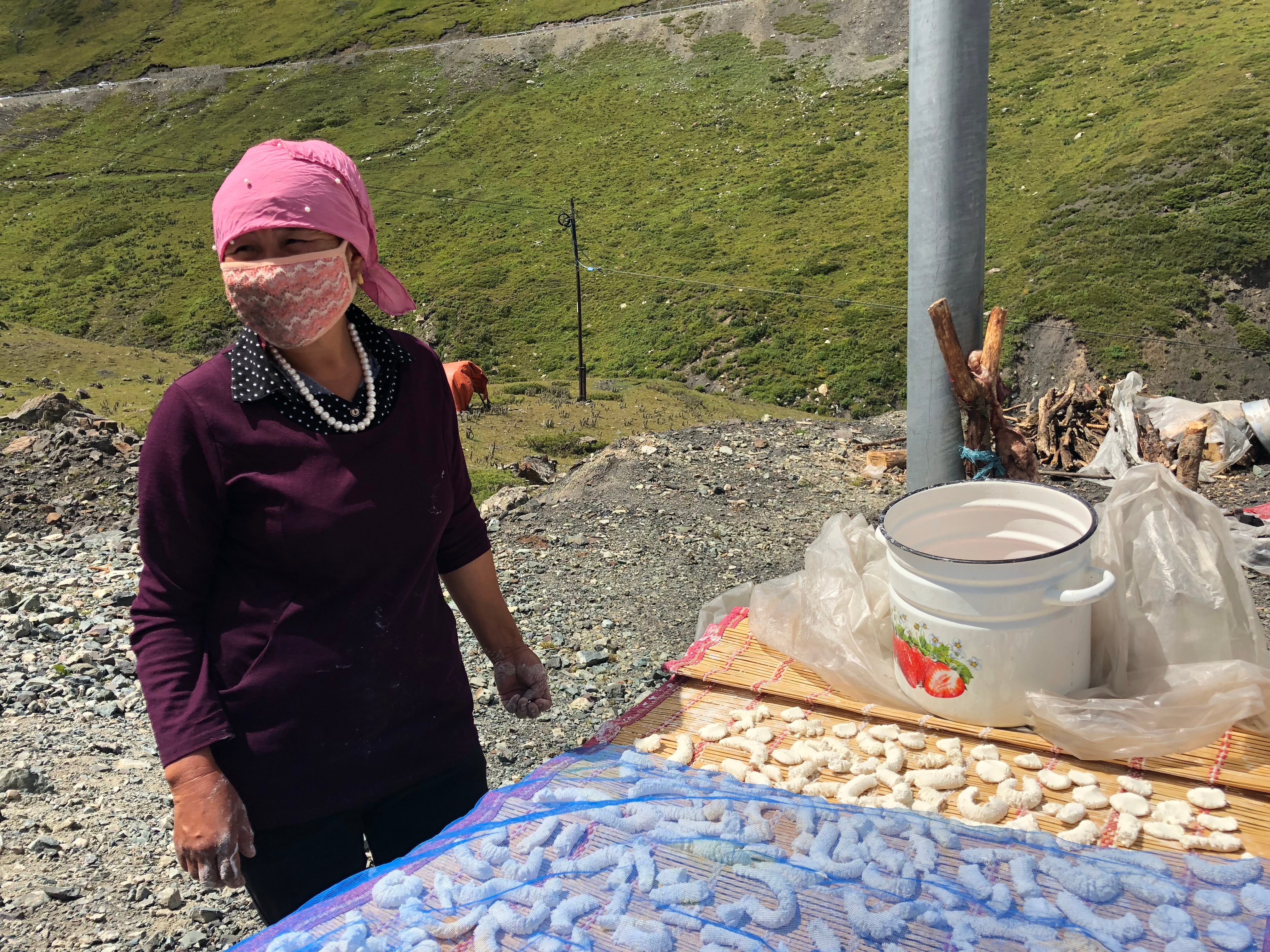
Maynor Slamkhan learned to make this particular cheese from her mother, who took up the skill from her own mother. Cloaked in smoke as she stands over the grill, she turns over skewers loaded up with lamb, and layered with cumin, chile, and sesame. Making kebabs provides part of her income, but a huge chunk of it also comes from the balls of cheese she sells at roadside tables. They’re made from the milk of the hundreds of cattle that she owns. “I add sugar to the small ones,” says Slamkhan, through Uyghur translator Ablajan Jilil. “The big ones, I add salt.” This saltiness also results in a singularly sour flavor.
During the summertime, many Han Chinese tourists come to the Tian Shan mountains, often for the views. Visiting the nomads and sampling their homemade cheese, dried mushrooms, and local honey variations also provide the opportunity to take a bit of the mountains home. The cheese is visible from the highway, in hanging feed sacks where it’s dried. As one group gentlemen tell me, they’ve already let their yogurt hang for five days and plan to leave it there for another two or three days (though most cheesemakers don’t leave it there as long). Leaving it hanging for more time results in a more pungent flavor, but also means a slurry that may be more dry and less malleable. The wait is shorter for suzme, a softer and more spreadable version of kurt.
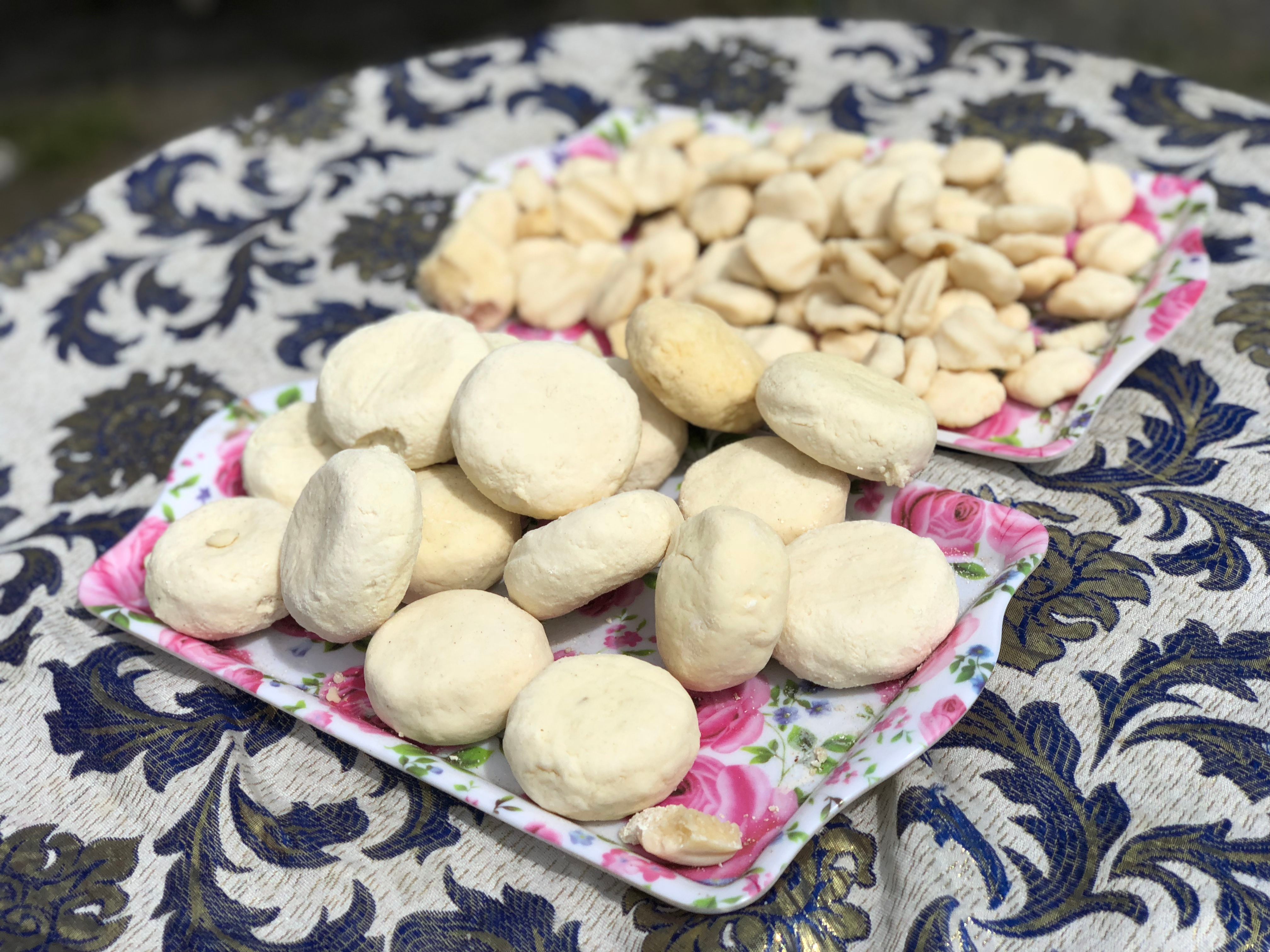
Besides selling the cheese to eager tourists, it’s ingrained in nomads’ lives. “We may carry one or two or three in our pockets,” Slamkhan says. As people get hungry throughout the day, a piece of cheese is an easy source of protein, a sort of ancient Power Bar. Yang says it’s entirely possible that it bore the same use in the Beauty’s time. “In the paper, we deduced that cheese is daily food, and the dead could consume [it],” he says. “Of course, it may have some religious meaning.”
Slamkhan also dissolves the cheese in hot water to make ayran, a popular drink throughout Central Asia and the Middle East—the same areas where acid-coagulated cheeses find favor. In winter, she and her family drink it warm, in summer, they wait for it to cool. “They’re particularly common in nomadic and semi-nomadic cultures, particularly up on the Eurasian steppes,” says Kindstedt. What’s more, they have longevity on their side: “They’re essentially indestructible,” he adds. Four thousand years of history can attest to that.
Correction: A previous version of this article stated that the Xinjiang cheese was the world’s oldest. This article has been amended to reflect that traces of an older cheese, thought to be 7,000 years old, were recently found in Croatia.
Gastro Obscura covers the world’s most wondrous food and drink.
Sign up for our regular newsletter.






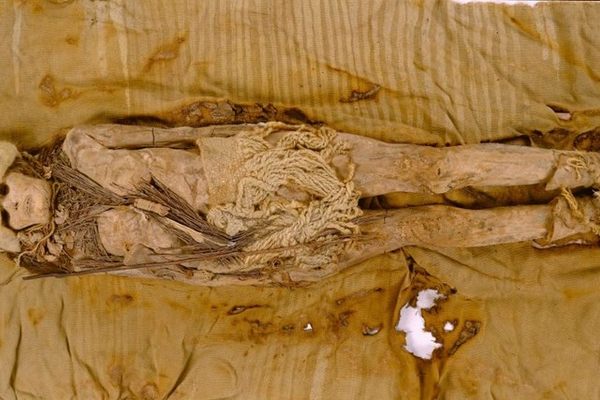













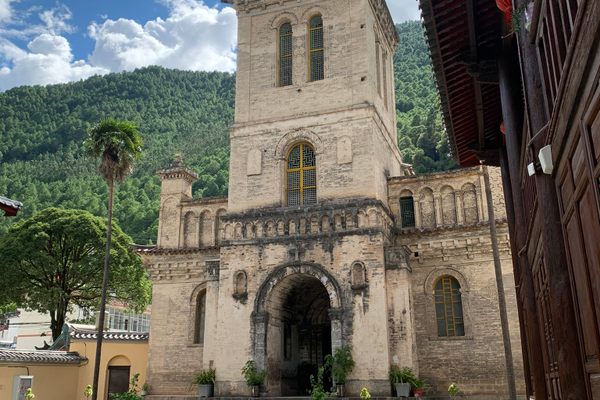






Follow us on Twitter to get the latest on the world's hidden wonders.
Like us on Facebook to get the latest on the world's hidden wonders.
Follow us on Twitter Like us on Facebook